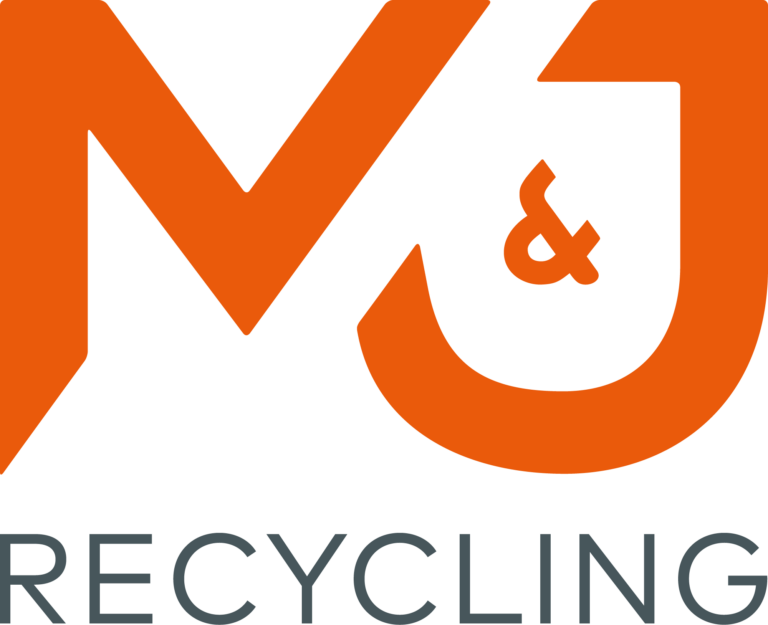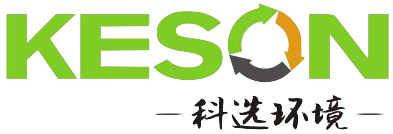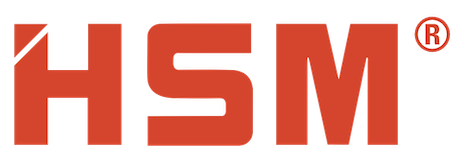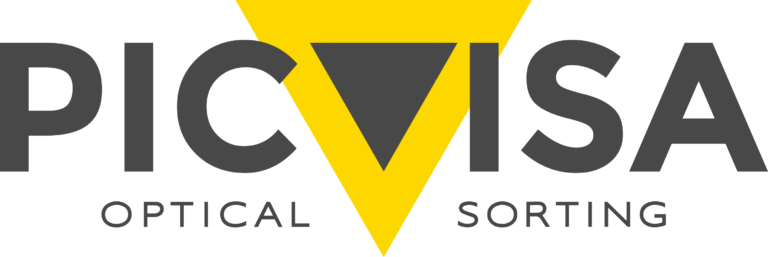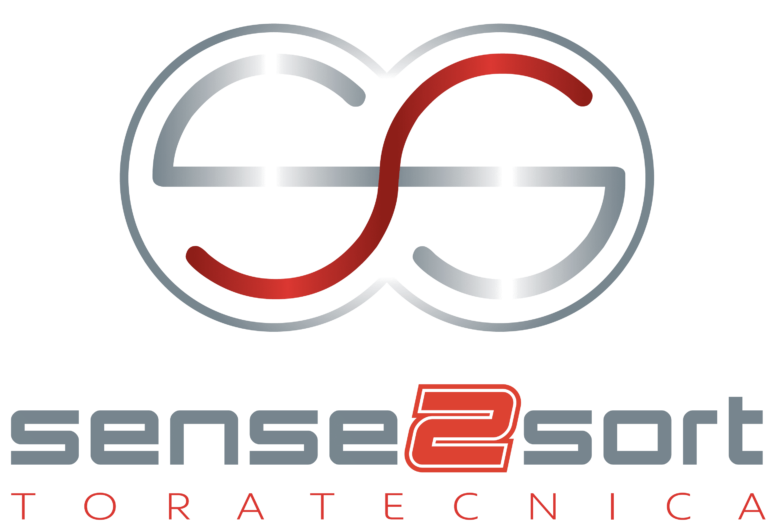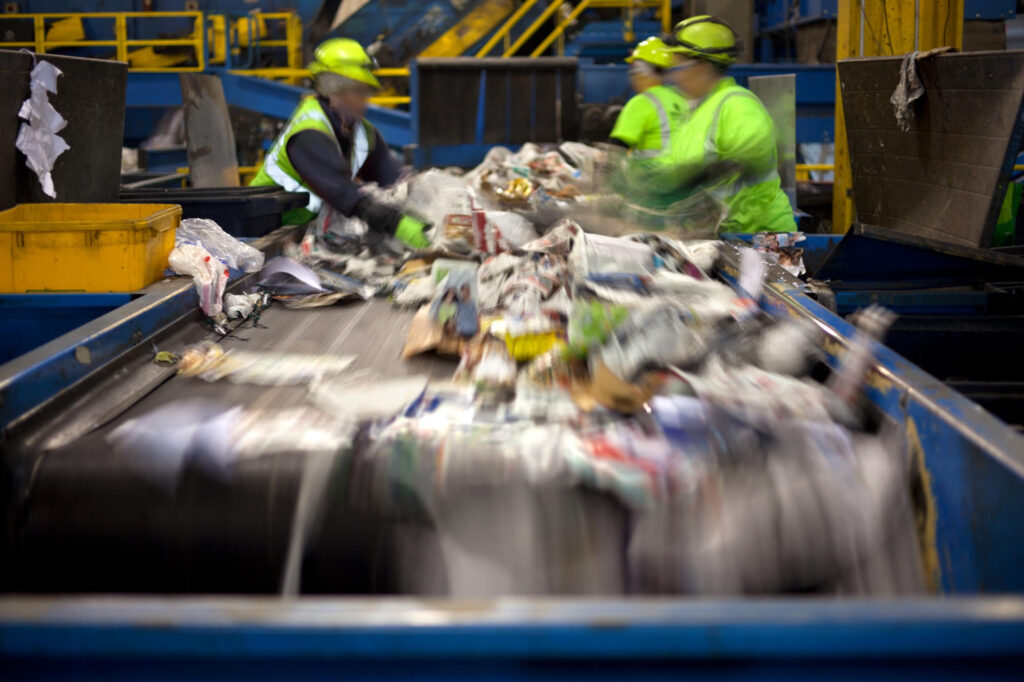The Role of IoT in Modern Waste Management
IoT represents a network of devices capable of collecting, transmitting, and analyzing data in real time. In the context of waste management, this technology streamlines operations, from waste collection to material recycling. Smart devices installed in bins, vehicles, and recycling facilities offer unprecedented insights, helping to address inefficiencies and environmental challenges.
One critical application is the use of smart waste bins. These bins are equipped with sensors that monitor their fill levels, automatically signaling collection teams when they are nearly full. This eliminates unnecessary collection trips and minimizes fuel usage, thereby reducing carbon emissions. Furthermore, some bins can identify the type of waste they contain, enabling better segregation and recycling outcomes.
Optimized collection routes are another game-changer. IoT-enabled waste management systems gather data from various bins and generate dynamic schedules, focusing on areas with the highest need. This not only reduces operational costs but also lowers environmental impacts, demonstrating the synergy between technological innovation and sustainability.
Enhancing Recycling Through IoT
IoT integration significantly improves the quality of recycling processes. Sensors embedded in recycling facilities analyze waste streams in real-time, detecting contaminants that could compromise the output of recycled materials. This ensures that the final recycled products meet high-quality standards, making them more competitive in secondary markets.
Additionally, IoT enables predictive maintenance of recycling machinery. Devices installed on equipment track performance metrics and alert operators to potential issues before they result in costly downtime. This proactive approach increases productivity, reduces repair expenses, and extends equipment lifespan.
IoT is also instrumental in waste-to-energy facilities. Sensors monitor combustion processes, allowing operators to fine-tune parameters for maximum energy recovery and minimal emissions. This aligns with global efforts to enhance energy efficiency and reduce environmental footprints.
Consumer Engagement and Behavioral Insights
IoT doesn’t only benefit industrial operations; it also empowers consumers. Smart devices can provide individuals with feedback on their recycling habits. For instance, a connected app might inform users about the volume of waste they generate and offer tips to improve recycling rates. By fostering awareness and encouraging sustainable practices, IoT helps bridge the gap between consumers and waste management systems.
For municipalities, these consumer insights are invaluable. Data-driven campaigns can be designed to target specific neighborhoods or demographics, addressing areas with low recycling participation and driving community-wide improvements.
Challenges to IoT Adoption in Waste Management
Despite its transformative potential, IoT integration in waste management is not without challenges. One of the primary hurdles is the high initial investment required to deploy IoT systems. From purchasing sensors to upgrading legacy infrastructure, the costs can be prohibitive for smaller municipalities or businesses.
Data security is another pressing concern. IoT systems generate vast amounts of data, and protecting this information from cyber threats is paramount. Implementing robust cybersecurity measures is essential to ensure the integrity and confidentiality of collected data.
Technical complexity also poses a challenge. The successful deployment of IoT requires expertise in installation, maintenance, and data analysis. A lack of skilled personnel can hinder the effectiveness of these systems, especially in regions with limited access to technical training.
Moreover, integrating IoT with existing waste management infrastructure is not always seamless. Compatibility issues between new devices and older systems may require additional investments, complicating the transition to smarter waste management.
Lastly, the environmental impact of IoT devices themselves cannot be ignored. As these technologies become widespread, managing their end-of-life disposal becomes critical. Recycling e-waste from IoT devices must be prioritized to ensure that the solutions don’t contribute to the problem.
Real-World Applications: Success Stories
Cities worldwide are already reaping the benefits of IoT in waste management. Copenhagen, Denmark, serves as a prime example. The city has implemented a smart waste management system where IoT-enabled sensors monitor bin fill levels and optimize collection routes. This initiative has reduced operational costs by 20% while significantly lowering carbon emissions.
In Singapore and Dubai, IoT plays a central role in their smart city initiatives. Real-time data from waste bins informs authorities about waste generation patterns, enabling efficient allocation of resources. These cities are setting benchmarks for how IoT can drive sustainable urban development.
Large industrial facilities are also adopting IoT to monitor waste streams and ensure compliance with environmental regulations. By automating these processes, companies are not only improving recycling efficiency but also reducing costs and enhancing their environmental stewardship.
Future Trends in IoT-Driven Waste Management
The future of IoT in waste management is promising, with several trends poised to drive further advancements. Artificial intelligence (AI) integration is set to enhance the analytical capabilities of IoT systems. AI-powered algorithms can predict waste generation patterns, identify opportunities for resource recovery, and optimize recycling processes.
Blockchain technology is another emerging trend. When combined with IoT, blockchain can create secure and transparent waste management systems. This ensures accountability in recycling operations and prevents fraud, building trust among stakeholders.
The expansion of smart cities will also accelerate IoT adoption in waste management. As urban areas strive for zero-waste goals, IoT systems will play a pivotal role in achieving these targets. From dynamic waste collection schedules to intelligent recycling facilities, IoT will be at the forefront of sustainable urban living.
Finally, consumer engagement is expected to become more personalized. IoT devices will offer tailored feedback and incentives, encouraging individuals to take an active role in waste management. This shift will transform recycling from a chore into a collaborative effort, fostering a culture of sustainability.
Conclusion: Paving the Way for a Circular Economy
The “Internet of Waste” is more than just a buzzword; it represents a fundamental shift in how waste is managed and recycled. IoT technology offers unparalleled opportunities to enhance efficiency, improve recycling quality, and reduce environmental impact. While challenges remain, the potential benefits make IoT a cornerstone of modern waste management.
As cities, businesses, and consumers embrace IoT, the transition to a circular economy becomes more achievable. By turning waste into a resource and optimizing recycling processes, IoT is not just managing waste but reimagining its role in a sustainable future.









